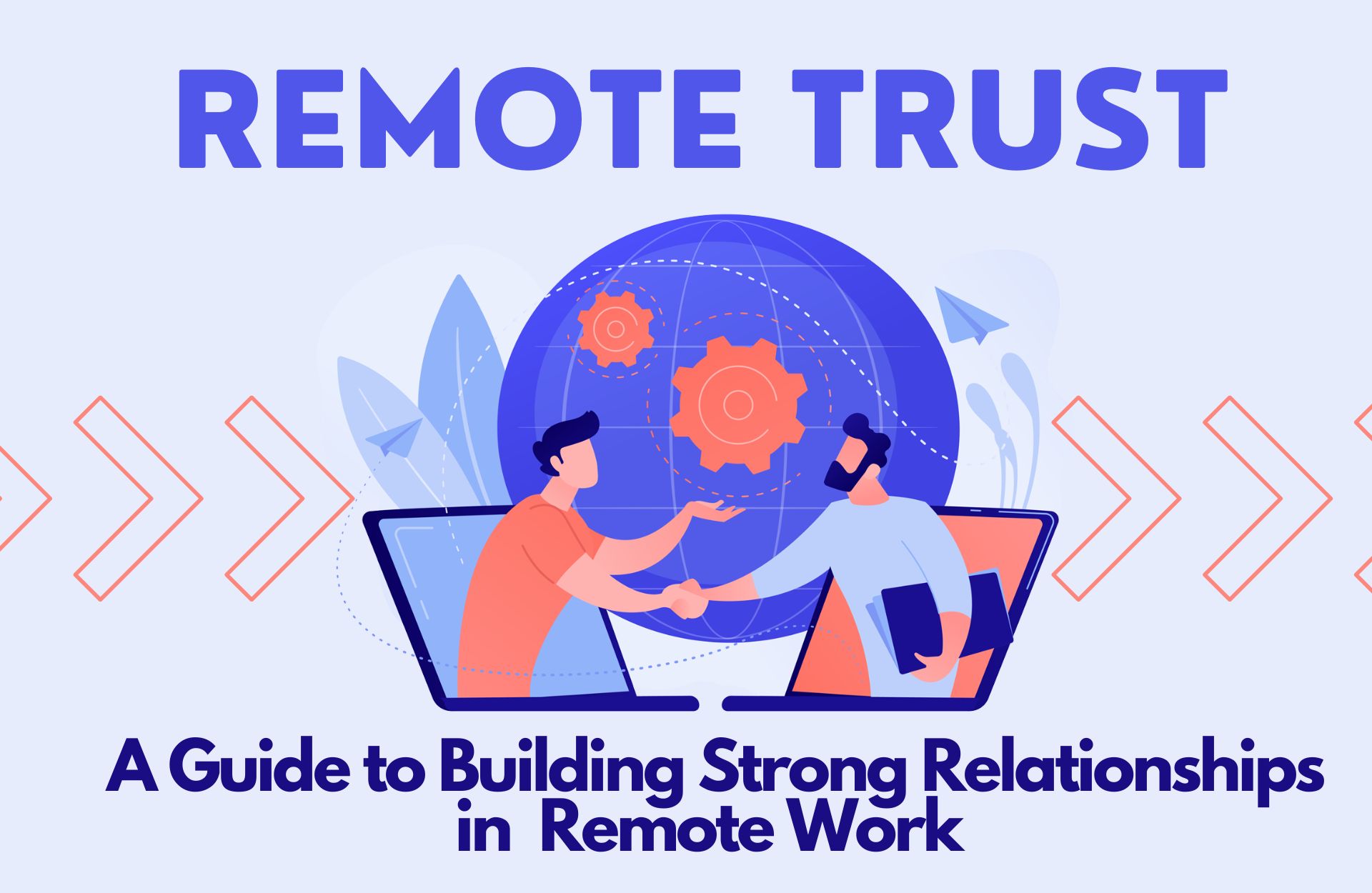Permanent remote work, also known as telecommuting or working from home, is when employees are able to perform job duties outside of a traditional office setting for an extended period of time. The number of companies adopting permanent remote working policies has increased in recent years. The rise of this trend was fueled by the COVID-19 pandemic, which accelerated the adoption of remote work.
However, the decision to adopt permanent remote work is not an easy one, and it has its own advantages and disadvantages. This article aims to explore the pros and cons of permanent remote work and provide valuable insights for companies considering implementing such policies in the future. By understanding the benefits and challenges of long-term remote work, companies can make informed decisions about how to best support employees and maintain a positive company culture while working remotely.
Pros of Permanent Remote Work
One of the main benefits of long-term remote work is increased employee flexibility and work-life balance. Permanent remote work allows employees to perform their job duties anytime, anywhere, which can help them better manage their personal and professional responsibilities. This increases employee satisfaction and well-being, which can positively impact company culture.
Another benefit of permanent remote work is cost savings for both employees and employers. Remote workers save on transportation and other commuting-related expenses, while employers save on office space and other overhead costs. This can lead to more cost-effective and efficient operations, which can positively impact a company’s bottom line.
In addition, permanent remote work can also increase productivity. Research shows that remote workers tend to be more productive due to fewer distractions and better focus. This can be attributed to the fact that remote workers can create a work environment that is most conducive to their productivity, and they can choose when and how to work.
Another advantage of permanent remote work is the ability to attract top talent from anywhere. Remote work enables companies to expand their talent pool beyond a specific geographic location, which is especially valuable in industries where competition for top talent is fierce. This can create a more skilled and experienced workforce, which can positively impact company culture and overall performance.
Cons of Permanent Remote Work
One of the major downsides of permanent remote work is the potential for isolation and lack of connection among employees. Without face-to-face interactions, remote workers have a harder time building relationships with colleagues and making it harder for teams to collaborate effectively on projects. This can lead to a sense of disconnect and isolation among remote workers, which can negatively impact company culture.
Useful resources: Top 8 Remote Collaboration Tools for Teams
Another downside of long-term remote work is that it can be difficult to manage and monitor productivity. Without being able to observe team members in person, it can be more difficult for managers to understand the needs of their teams, provide feedback and coaching, and foster a positive company culture. This can lead to distrust and lack of transparency among team members and managers, which can negatively impact company culture.
Permanent remote work can also make it more difficult for teams to collaborate effectively on projects due to lack of physical interaction and reliance on digital communication tools. This can lead to misunderstandings and delays in completing projects, which can negatively impact company culture.
In addition, permanent remote work can present technical and infrastructural challenges for both employees and employers. Remote workers may not have access to the same resources and tools available in an office environment, and employers may have to invest in additional technology and infrastructure to support teleworkers. This increases expenses and creates logistical challenges that can negatively impact company culture.
Overall, long-term remote work can negatively impact company culture by creating challenges in communication, collaboration, and employee engagement. Companies can support mitigating these challenges by providing training and resources on effective communication, collaboration and productivity tools, and by creating opportunities for virtual team-building and networking events.
Conclusion
In conclusion, permanent remote work has the potential to positively impact company culture by providing employees with greater flexibility, cost savings, and increased productivity. However, it also has the potential to negatively impact communication, collaboration, employee engagement, and can present technical and infrastructure challenges.
Companies considering permanent remote work policies should carefully weigh the pros and cons and develop strategies to mitigate potential negative impacts. This can include investing in technology and infrastructure to support remote work, providing training and resources on effective communication, collaboration and productivity tools, and creating opportunities for virtual team-building and networking events.
It’s also important for companies to make employees aware of remote work policies and expectations, and provide clear guidelines and resources to help employees stay productive and engaged while working remotely.
Overall, permanent remote work has both positive and negative effects on company culture. By understanding these impacts and taking steps to mitigate negative ones, companies can make informed decisions about how best to support employees and maintain a positive company culture while working remotely.





